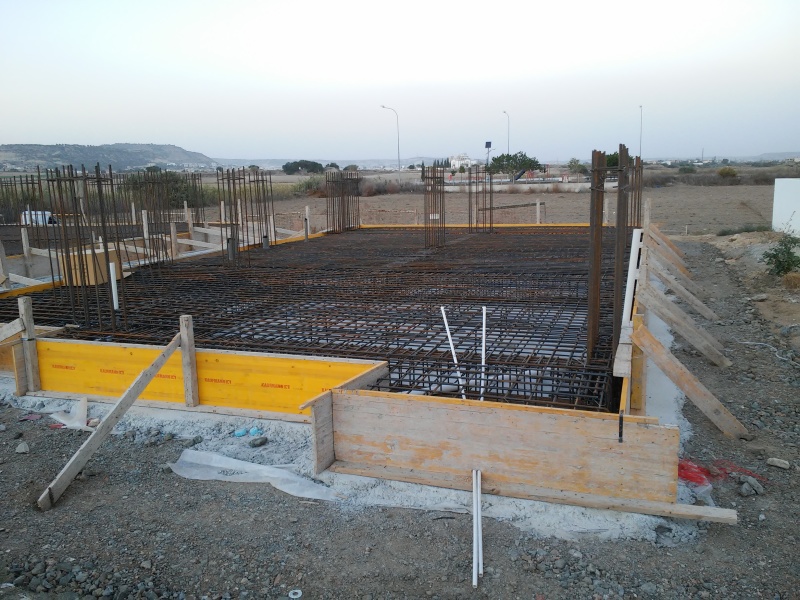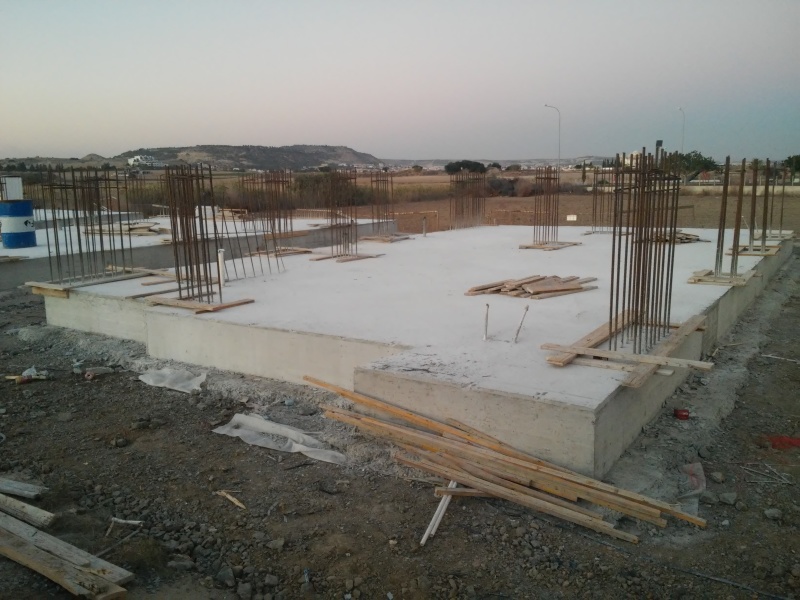kellez
Civil/Environmental
- Nov 5, 2011
- 276
Hi,
I am designing a 2-storey RC frame with fully fixed supports at the base, and i am thinking that this is not the case in real life, even in RC frames the supports are never fully fixed. Therefore i just wanted to see what other experienced professionals choose for the supports at the base of RC frames. My opinion is that it could be acceptable to decrease the stiffness of the supports to lets say 80% instead of choosing a pin support.
In my case a foundation slab 45cm thick with foundation beams is used, very strong design.
The reason that got me thinking is that I am getting very high forces which in turn demand very large cross sections and this is just a 2 story house
pictures of the type of foundation used



I am designing a 2-storey RC frame with fully fixed supports at the base, and i am thinking that this is not the case in real life, even in RC frames the supports are never fully fixed. Therefore i just wanted to see what other experienced professionals choose for the supports at the base of RC frames. My opinion is that it could be acceptable to decrease the stiffness of the supports to lets say 80% instead of choosing a pin support.
In my case a foundation slab 45cm thick with foundation beams is used, very strong design.
The reason that got me thinking is that I am getting very high forces which in turn demand very large cross sections and this is just a 2 story house
pictures of the type of foundation used




![[idea] [idea] [idea]](/data/assets/smilies/idea.gif)
![[r2d2] [r2d2] [r2d2]](/data/assets/smilies/r2d2.gif)